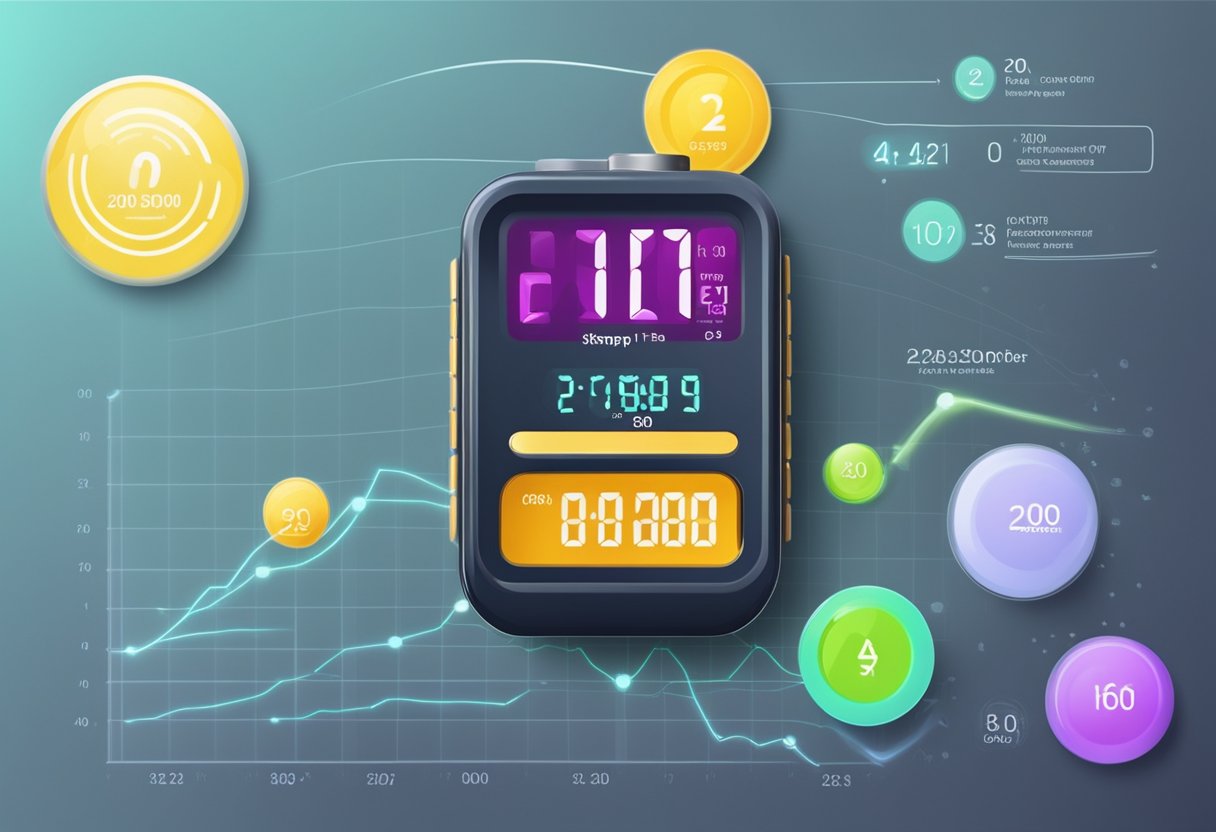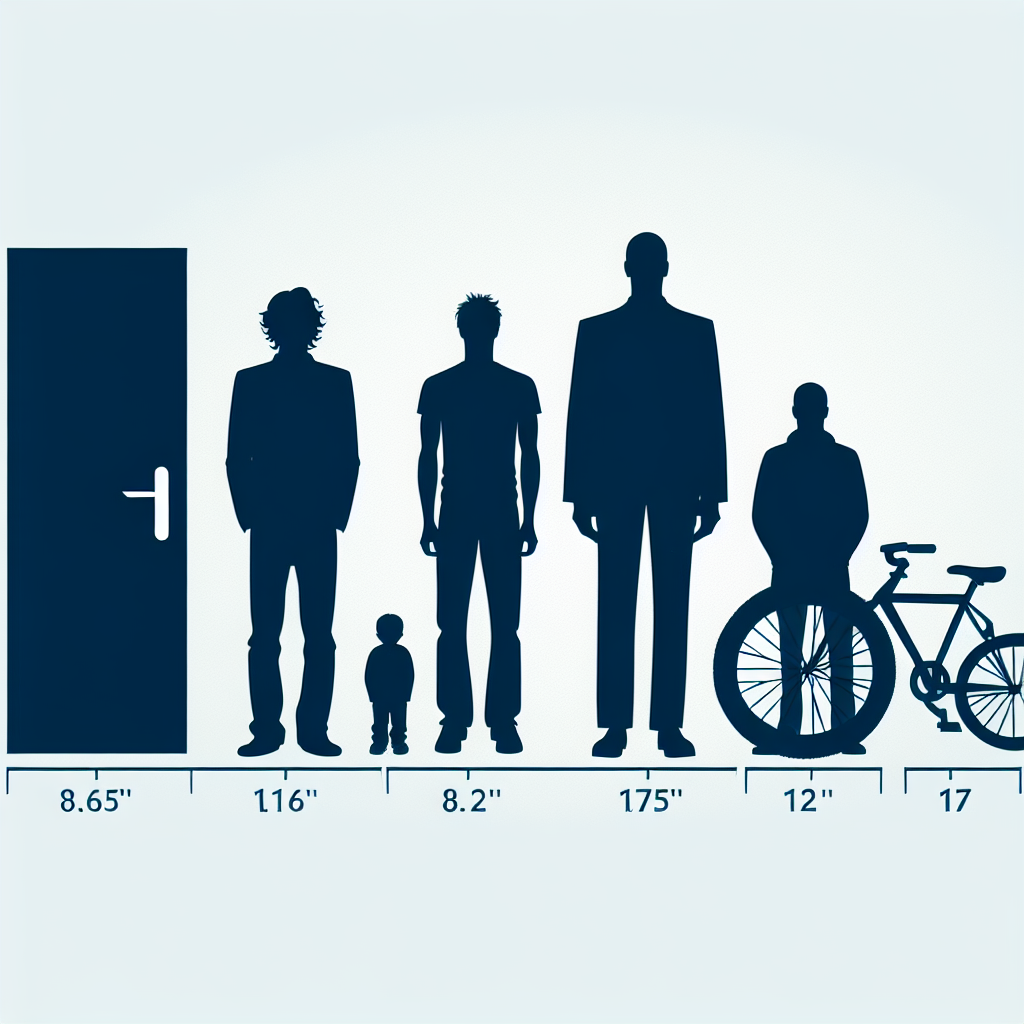Understanding the Implications of a Pulse Rate of 40 in Women
A pulse rate of 40 beats per minute (BPM) in women can raise several health concerns. This article delves into the potential causes and implications of bradycardia in women, discussing when to seek medical attention and how it might affect overall health and fitness levels.

What Does a Pulse Rate of 40 Mean?
A pulse rate of 40 in women is classified as bradycardia, which refers to a slower-than-normal heart rate. While normal resting heart rates typically range from 60 to 100 BPM, a pulse of 40 BPM indicates that the heart beats less frequently than average. This can be concerning, as it may suggest underlying health issues, particularly when accompanied by symptoms.
Potential Causes of a Low Pulse Rate in Women
There are several reasons why a woman might experience a pulse rate of 40 BPM:
- Cardiovascular Fitness: Highly trained athletes often exhibit lower resting heart rates, sometimes below 40 BPM. This is generally considered a sign of a strong, efficient heart, but is usually not the case unless accompanied by physical conditioning.
- Electrolyte Imbalances: Low levels of potassium or calcium in the blood can lead to heart rhythm disturbances that may result in a lower heart rate.
- Medications: Certain medications, particularly beta-blockers and calcium channel blockers, are known to decrease heart rate. Women who are on these medications should monitor their pulse and consult with a physician if rates drop significantly.
- Heart Block: Conditions such as atrioventricular (AV) block can disrupt the electrical signals in the heart, leading to bradycardia.
- Hypothyroidism: An underactive thyroid can slow down the body’s metabolism, which may also affect heart rate.
Symptoms Associated with Bradycardia
Women experiencing a pulse rate of 40 BPM may not always have symptoms, particularly if they are athletic. However, when symptoms do occur, they may include:
- Dizziness or lightheadedness
- Fatigue or weakness
- Shortness of breath
- Fainting spells
- Chest pain
If you experience any of these symptoms alongside a low pulse rate, it is essential to seek medical assistance promptly.
When to See a Doctor
Women should consider consulting a healthcare provider if:
- They consistently register a pulse of 40 BPM or lower.
- They experience significant symptoms such as chest pain, fainting, or severe shortness of breath.
- There is a sudden change in heart rate that is not attributable to a known condition or medication.
- They have a history of heart conditions and experience new symptoms.
Diagnosis of Low Pulse in Women
A healthcare professional may perform several tests to determine the cause of bradycardia, including:
- Physical Examination: A thorough physical check-up to assess overall health.
- Electrocardiogram (ECG/EKG): This test records the electrical activity of the heart and identifies any irregularities.
- Holter Monitor: A portable device worn for 24-48 hours to continuously monitor the heart rate.
- Blood Tests: To check for thyroid function, electrolyte levels, and other potential underlying causes.
- Echocardiogram: An ultrasound of the heart to assess its structure and function.
Treatment Options for Bradycardia
If bradycardia is diagnosed and is symptomatic or causes complications, treatment options may include:
- Medication Adjustment: Altering or stopping medications that may be contributing to a low heart rate.
- Pacemaker Implantation: In more severe cases, a pacemaker may be implanted to regulate heart rate.
- Management of Underlying Conditions: Treating conditions like hypothyroidism or electrolyte imbalances can also help normalize the heart rate.
Lifestyle Recommendations for Women with Bradycardia
If you maintain a low pulse rate, consider these lifestyle adjustments to support your heart health:
- Regular Check-ups: Keep track of heart health through regular visits with your healthcare provider.
- Balanced Diet: Incorporate leafy greens, fruits, and lean proteins to support heart function.
- Hydration: Drink plenty of fluids to maintain healthy blood volume and heart function.
- Avoid Tobacco and Limit Alcohol: These substances can worsen heart health.
Conclusion
A pulse rate of 40 BPM in women should not be ignored, especially if it is accompanied by symptoms. Understanding the causes and potential treatment options is crucial. Always consult a healthcare provider for proper assessment and to ensure you take the necessary steps to protect your heart health.
New posts

Understanding Normal Pulse Rates: What Is a Normal Pulse?
Fitness

Understanding Ruhepuls 60: A Guide to Optimal Heart Rate
Fitness

Understanding Ruhepuls 45: The Ideal Resting Heart Rate for Your Health
Fitness

Understanding Normal Pulse Pressure: What You Need to Know
Lifestyle

Low Blood Pressure and Trembling: Understanding the Connection
Wellness

Understanding Low Blood Pressure at Night: Causes, Symptoms, and Management
Wellness

Understanding Pulsdruck: Key Insights into Your Blood Pressure Dynamics
Wellness

Understanding Why You Might Experience Niedriger Blutdruck
Lifestyle

Effective Strategies to Lower Blood Pressure
Fitness

Understanding Low Blood Pressure and Tiredness: Insights and Solutions
Lifestyle
Popular posts

Understanding Low Blood Pressure and Tiredness: Insights and Solutions
Lifestyle

Effective Strategies to Lower Blood Pressure
Fitness

Understanding Blood Pressure: What Does 140/80 Mean?
Lifestyle

Navigating Low Blood Pressure and High Pulse: Key Insights
Wellness

Understanding Low Blood Pressure with High Pulse Rate
Wellness

Understanding Normal Blood Pressure: A Deep Dive
Wellness

Effective Strategies for Managing Heart Palpitations: What to Do When Experiencing Herzrasen
Lifestyle

Recognizing the Symptoms of High Blood Pressure
Wellness

What to Do When You Have a High Heart Rate
Lifestyle

Understanding Low Blood Pressure: What Does the Lower Value Mean?
Wellness